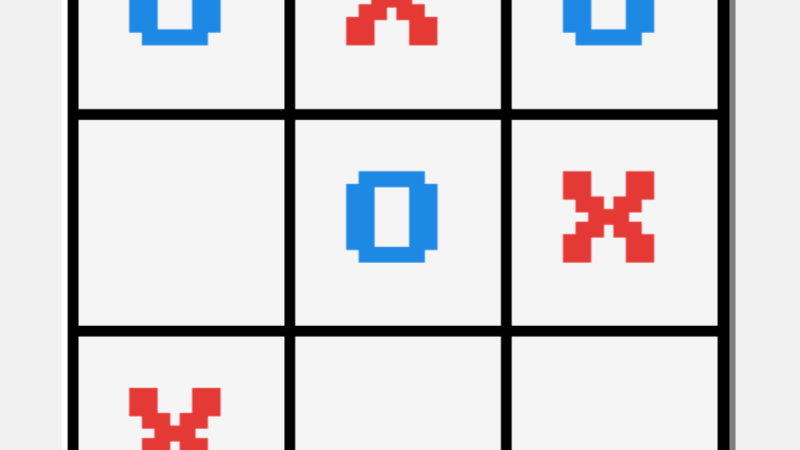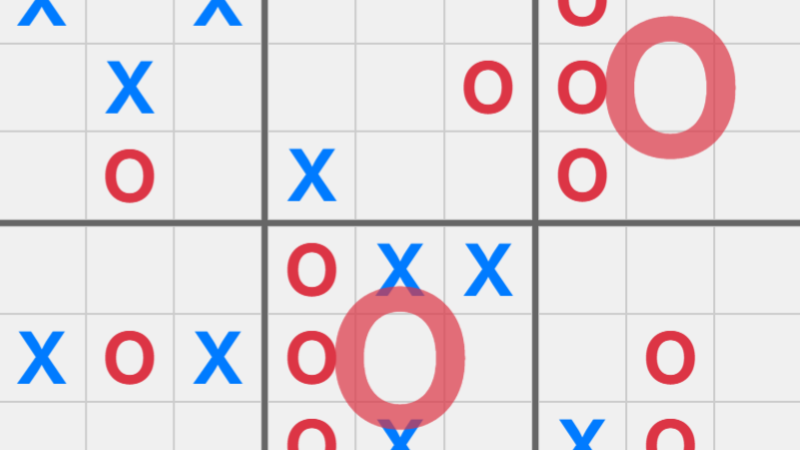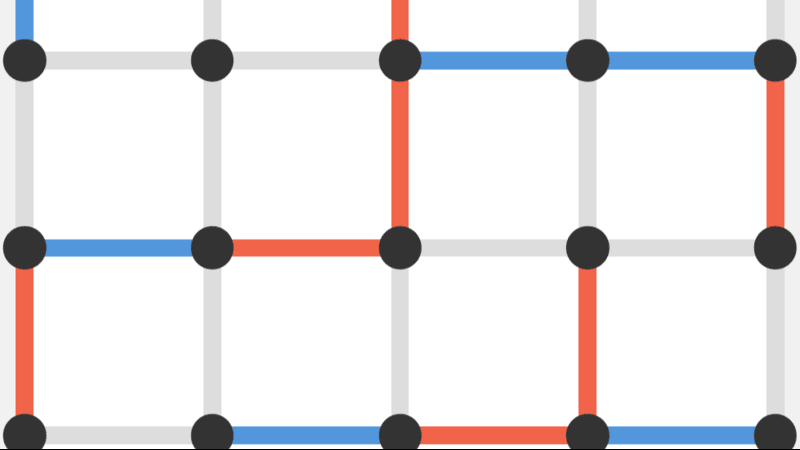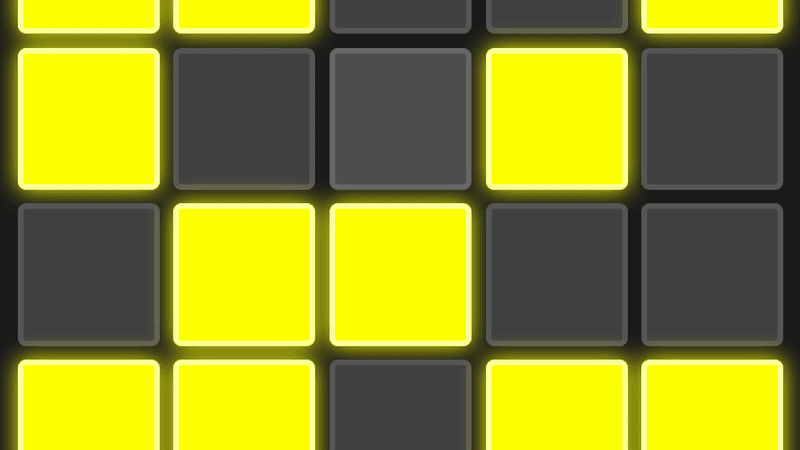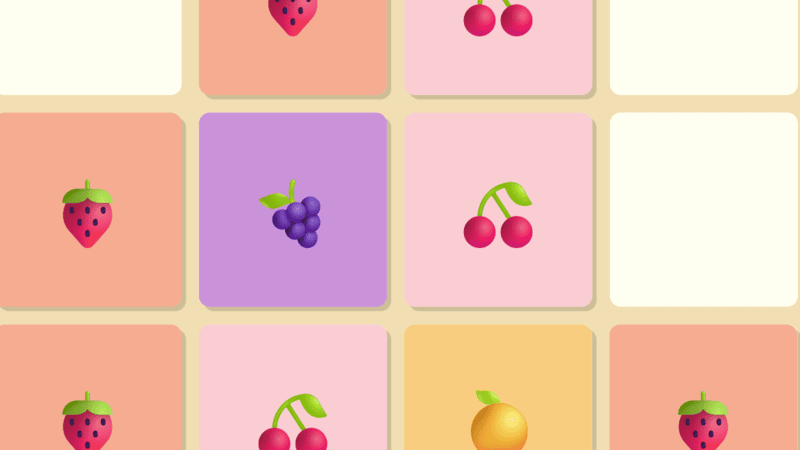Minesweeper
Clear the board while avoiding mines.
How to Play Minesweeper
Welcome to Minesweeper! This classic logic puzzle challenges you to uncover all safe squares on a minefield without detonating any hidden mines. It's a game of deduction, pattern recognition, and sometimes a little calculated risk-taking.
Basic Rules
- The Goal: Uncover all squares that do not contain hidden mines. Leave the mines untouched and unflagged.
- Making Moves: Click (or tap on mobile) on squares to reveal what's underneath.
- Numbers Are Clues: When you reveal a square, it either shows a number or appears empty. Numbers indicate how many mines are hidden in the 8 surrounding squares (including diagonals).
- Flagging Mines: Right-click on desktop (or long-press on mobile) to place a flag on squares you suspect contain mines. This prevents accidental clicks and helps track potential mine locations.
- First Click Safety: Your very first click is always safe - the game ensures you won't hit a mine on your opening move.
- Winning: Successfully reveal all safe squares without hitting any mines.
- Losing: Click on a square containing a mine, and it's game over!
Tips for Beginners
- Start with Numbers: Look for squares with numbers that clearly indicate where mines must be located. A '1' next to only one unrevealed square means that square contains a mine.
- Safe Deductions: If a numbered square already has the correct number of flags around it, all remaining adjacent squares are safe to click.
- Flag Conservatively: Only flag squares you're certain contain mines. Incorrect flags can mislead you later in the game.
- Use the Mine Counter: The counter shows how many mines remain unflagged. Use this to verify your progress.
- Start with Easier Patterns: Look for isolated numbers first - they're often easier to solve than complex clusters.
- Corner Strategy: Sometimes starting with corner or edge clicks can reveal larger safe areas quickly.
Advanced Strategies
- Pattern Recognition: Learn common number patterns:
- 1-2-1 patterns: The middle '2' usually indicates specific mine positions
- 1-1 patterns: Often create safe corridors between them
- Border patterns: Edge and corner configurations that repeat frequently
- Constraint Satisfaction: When multiple numbers share adjacent squares, use the overlapping constraints to deduce mine positions.
- Probability Calculation: In ambiguous situations, calculate which squares have the lowest probability of containing mines.
- Systematic Clearing: Work methodically from known safe areas outward, rather than jumping randomly around the board.
- Endgame Tactics: Near the end, use the mine counter to verify your flag count and identify any remaining unflagged mines.
- Risk Assessment: When forced to guess, choose squares in areas with lower mine density or where a wrong guess reveals less critical information.
Controls & Accessibility
- Desktop Controls: Left-click to reveal squares, right-click to place/remove flags.
- Mobile Controls: Tap to reveal squares, long-press (tap and hold) to place/remove flags.
- Difficulty Selection: Choose from Beginner (9×9, 10 mines), Intermediate (16×16, 40 mines), or Expert (16×30, 99 mines).
- Game Persistence: Your current game is automatically saved. Refresh the page to continue where you left off.
- Visual Feedback: Clear mine counter, timer, and visual indicators for flagged squares and revealed areas.
- Responsive Design: Optimized for all screen sizes with touch-friendly controls on mobile devices.
Benefits of Playing Minesweeper
Minesweeper offers excellent cognitive benefits that extend far beyond entertainment:
- Logical Reasoning: Develop deductive reasoning skills by working from known information to logical conclusions.
- Pattern Recognition: Improve your ability to identify recurring configurations and apply learned solutions.
- Spatial Awareness: Enhance visualization skills by tracking relationships between adjacent squares and their constraints.
- Problem-Solving: Practice breaking complex problems into smaller, manageable pieces.
- Risk Assessment: Learn to evaluate probabilities and make decisions under uncertainty.
- Attention to Detail: Develop careful observation skills and learn the importance of methodical analysis.
- Patience and Focus: Build concentration abilities through sustained logical thinking.
- Mathematical Thinking: Apply basic counting and constraint satisfaction concepts in a practical context.
The History of Minesweeper
Minesweeper has become one of the most recognizable computer games in history, but its origins predate the Windows version that made it famous. The earliest known similar game was "Cube," a text-based puzzle from the 1970s that featured hidden objects in a grid.
The direct predecessor to modern Minesweeper was "Relentless Logic" (also known as "RLogic"), created by Conway, Hong, and Smith in 1985 for MS-DOS. This game established many of the core mechanics we recognize today, including numbered clues and flag marking.
The Minesweeper we know today was programmed by Robert Donner and Curt Johnson. Donner wrote the Windows version, which first appeared in the Microsoft Entertainment Pack 1 in 1990. However, it was the inclusion of Minesweeper in Windows 3.1 in 1992 that launched it to worldwide fame.
Microsoft's decision to include Minesweeper (along with Solitaire) in Windows was partly educational - these games helped users learn mouse control and clicking techniques in an era when many people were still new to graphical user interfaces. The right-click functionality in Minesweeper specifically helped users master this then-novel mouse technique.
Over the decades, Minesweeper has become a cultural icon, spawning competitive communities, world championships, and countless variations. Despite the simplicity of its concept, it remains a timeless test of logical thinking and careful analysis.
Frequently Asked Questions
What do the numbers mean?
Each number indicates exactly how many mines are hidden in the 8 squares surrounding that number (including diagonally adjacent squares).
Can I accidentally flag a revealed square?
No, you can only flag unrevealed squares. Once a square is revealed, it cannot be flagged.
What happens if I flag incorrectly?
Incorrect flags don't immediately end the game, but they can mislead your logical deductions. You can remove flags by right-clicking (or long-pressing) flagged squares.
Is there always a logical solution?
Most Minesweeper configurations can be solved through pure logic, but occasionally you may encounter situations that require an educated guess. Good players minimize guessing through careful analysis.
How do I improve my solving speed?
Practice pattern recognition, learn common configurations, and develop systematic solving approaches. Start with Beginner difficulty and gradually work up to Expert as your skills improve.
What's a good time for each difficulty?
Beginner: Under 30 seconds is excellent. Intermediate: Under 2 minutes is very good. Expert: Under 5 minutes is considered skilled, with world-class players solving in under 1 minute.

